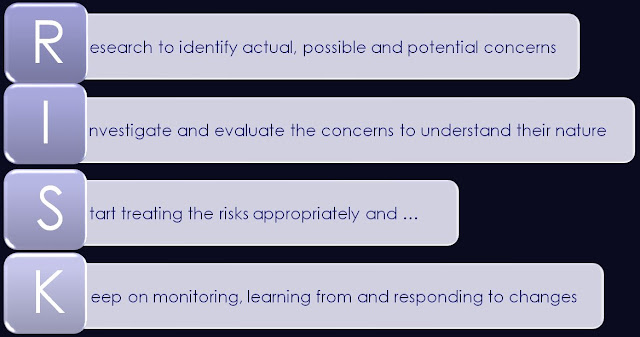Learning points from a 27001 certification announcement

This morning I bumped into a marketing/promotional piece announcing PageProof’s certified "compliance" (conformity!) with "ISO 27001" (ISO/IEC 27001!). Naturally, they take the opportunity to mention that information security is an integral part of their products. The promo contrasts SOC2 against '27001 certification, explaining why they chose ‘27001 to gain some specific advantages such as GDPR compliance - and fair enough. In the US, compliance is A Big Thing. I get that. It occurs to me, though, that there are other, broader advantages to ‘27001 which the promo could also have mentioned, further valuable benefits of their newly-certified ISMS.








